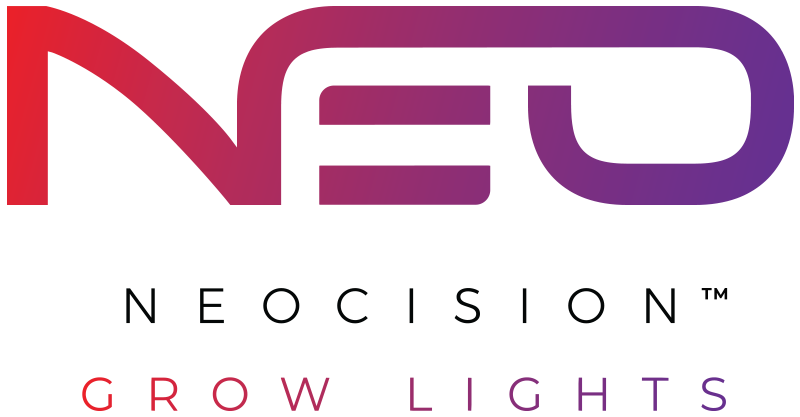
Do you feel like the cannabis grow facility design consultants you are using or engaging with may be pushing a one-size-fits-all plan as the only way to cultivate and succeed? Are they assisting you in an objective, competitive request for proposal (RFP) process so you get the right equipment that meets your requirements and budget for your controlled environment agriculture facility? Does your consultant understand best practices for cultivation operations to maximize crop yields or do they have an out of the box solution they are pitching to maximize profits for themselves with minimal work? Do they really have the expertise and partners needed to get your cultivation facility completed on time and on budget?
Contrary to what many will espouse, there is no “one” right way to grow – but there are right ways to do your grow facility design for your method. We have worked with cultivation facilities and their cultivation specialists that cultivate with soil, coco, living soil and rockwool as their cultivation media – and all can be successful in their markets with their product using their preferred method of cultivation. We have worked with very successful cultivators that use aeroponics and hydroponics which can have exceptional results but are far more difficult to manage and replicate while presenting entirely new sets of risk factors that must be considered in your planning stages.
Greenhouses And Warehouses Need Different Grow Facility Design
Greenhouses and warehouse cultivation facilities are extremely different to plan, design and operate, yet both have their place as viable solutions that can succeed in their market. Are you already set on one – or even have a plan to have both – as a market differentiator for your cultivation licenses?
State regulatory and local permitting rules are all different and using a plan that worked and got approved in Oklahoma won’t pass muster in Illinois. Illinois (and many states to follow) have much stricter guidelines on canopy size, energy efficiency requirements for lights and HVACD, and overall facility standards. While one-size-fits-all are very easy and profitable for the consultant doing your design/build – it can be a disaster waiting to happen in your market.
A good grow facility design advisor will start the following:
- Review of state regulatory requirements and current license status
- Validation of your financial plans and budgets, especially your plant count and yield per square foot calculations
- Review of your existing facility plans, either current as-built plans or concept plans
- Assessment of goals and objectives for your business
- Development of a plan for moving forward with a timeline for completion and that has scalability in mind
We begin our engagement with clients with an assessment and initial consultation. This assessment allows us to create a baseline for moving forward, while identifying any missing areas that may need immediate attention.
We address the strengths the client possesses and discuss possible weaknesses we can assist them with in a knowledgeable, expedient manner.
As an example, you may have an architect already that knows the local requirements for building codes and can get your permits through faster. Unfortunately, we have yet to work with an architect that understands the space planning needed to maximize your cultivation facility’s operational efficiencies based upon symbiotic plant rotation.
We combine our knowledge with your cultivation technique and work with your architect to come up with a plan that will work at maximum efficiency. Symbiotic rotation is essentially the practice of having all stages of your plants ready exactly when you need them – and proper planning means having the proper space for them when they need it!
At this point, we may decide together to bring in advisory partners to assist – particularly if you need a cultivation specialist to open your facility.
If you have a cultivation specialist already, we work hand in hand with them to make sure your facility can maximize yields and quality for them, in a clean, energy efficient and bio-secure facility. We also advise on proper sizing of HVACD methods based on your growing method, plant counts, watering rates, and targeted temperatures & relative humidity.
The assessment stage is the first step in helping us understand your current business positioning, needs and resources. Taking the time early on to get a proper assessment and plan to move forward can and will stop “growing pains” from occurring later!
Randy Shipley is a co-founder and the President of RSX Enterprises and is responsible for sales, marketing, product development and technology. He also leads RSX’s design, build and facility start-up advisory services team, with a focus on assisting cultivators with facility and floor plan design assistance for lighting, benching, HVACD and other critical growing systems. Connect with Randy on LinkedIn


